The future of content is not a feed
The future is not algorithmic; it's generative
13 years ago, YouTube’s head of Trends gave a TED Talk on how content goes viral:
Tastemakers (celebrities)
Community participation (remixing)
Unexpectedness (shock and awe)
But today, this framework is basically irrelevant.
Here’s how content goes viral today:
Tastemakers —> Algorithm
Community participation —> Hook + Watch time
Unexpectedness —> Niches
Back in 2012, YouTube still relied on “tastemakers”, traditional media celebs like Jimmy Kimmel, to kickstart content to the masses.
But then TikTok came along and then COVID which onboarded literally everyone onto short-form social media platforms.
Today, content is uploaded and the algorithm immediately determines if it goes viral, based on click through rate and watch time.
The Algorithm is the ultimate tastemaker AND kingmaker.
Three Waves of Content
So far, there have been two waves of content, and we’re now in the third.
Each wave begins with a tech innovation that unlocks what people already want to do, but previously couldn’t.
Wave 1 | iPhone + Mobile Video (2007-2015)
The iPhone democratized content creation. Anyone with a phone could shoot, edit, and upload video. This created YouTube's golden age and birthed the first generation of internet celebrities.
Wave 2 | TikTok + Algorithmic Distribution (2016-2024)
Algorithms replaced tastemakers. You no longer needed Jimmy Kimmel to discover your content—the platform itself became the tastemaker. Short-form video optimized for dopamine hits and endless scroll.
Wave 3 | AI + Interactive Content (2024-?)
TikTok made it easier to chase dopamine, but people don't actually want to chainsmoke shallow content.
They want to go deeper.
People are naturally wired to binge content. When White Lotus drops, they don't just watch—they consume every piece of related content and want to live inside that universe.
The problem today is creators can't satisfy that desire because they can’t make videos fast enough and can’t actually predict what people want to watch in real-time.
This is where AI comes in.
How Content is Created Today
In the algorithmic age, creators have a tried and true portfolio process:
Create viral short-form content to hook people into your universe of deeper long-form content.
Last year, I met some new grad filmmakers at a coffee shop and asked them what kind of content they watch.
What they shared with me destroyed my brain, but proved that this formula works (the top comment perfectly describes the wtf nature of 46.4M views).
Skibidi Toilet started as a stupid video with a repeating format: dancing heads coming out of a toilet against a catchy music.
But it evolved into a complex cinematic universe with characters and multi-part storylines. Millions of kids are completely absorbed in this world.
Before you dismiss this as Gen Z brain rot, this also the same formula Andy Cooks used to build his platform, first on TikTok and then on YouTube.
"Hey babe, what's for dinner?" became full cooking tutorials, then unscripted podcast-style content where he and "babe" cook and chat.
The framework is: simple hook → character development → expanded universe → parasocial bond.
I think AI-native content will follow this exact pattern, but you won’t have to wait for new episodes to drop.
Generative AI trained on deep content libraries will allow platforms to instantly create content based on what the audience wants to watch
— even before the current video has finished.
The Multiverse Model
When I’m thinking through a business problem, I use ChatGPT advanced voice to role play CEOs and investors that I admire, so I can get their perspectives as if they were on my board.
Of course, these are low-fidelity AI “perspectives”, but imagine what this will look like when there’s MCP access to each leader’s full knowledge base.
David Maisel revolutionized filmmaking when he pitched the Marvel multiverse concept—interconnected characters and storylines that could cross over and expand indefinitely.
The same thing is about to happen with AI creator essences.
Once thought leaders have deep binge banks of their content, users will naturally want to do crossover episodes of their favorite influencers.
There's going to be massive cross-pollination when viewers can remix different bundles of AI creators because like before, it’s something people already want to do.
How to Win the Third Wave of Content
The winners of the AI wave are the ones building comprehensive binge banks of their thinking.
Not surface-level content, but high-calorie explorations of expertise, frameworks, and decision-making.
People like Howard Marks, JJ Redick, and Patrick O'Shaughnessy accidentally created binge banks of training data for LLMs.
a16z is actively investing in this area with key hires Erik Torenberg and Alex Danco.
These leaders are examples of people best positioned to take advantage of the AI wave of content.
In the AI era, thought leadership becomes training data.
Current AI tools like HeyGen and Veo produce obvious, awkward content. We’re seeing a lot of AI slop, not because that’s the ultimate use case for AI, but because the technology hasn’t caught up to user behavior yet.
But Heygen and Veo point to a future where creators will be able to make high quality AI facsimiles of themselves, trained valuable thought leadership.
We’re headed in the right direction, we’re just not there yet.
Key Takeaway: Be the First Mover
The AI-native content platform doesn't exist yet, but the infrastructure you need—comprehensive, high-quality training data—can be built today.
When the next platform emerges, it will dominate distribution just like YouTube did, then TikTok after that.
And the creators with the richest training data will have a dominant first mover advantage.
Thought leaders with deep expertise need to extract as much knowledge as they can now. It's not about likes or impressions—it's about preparing for how content will be consumed in the future.
The third wave of content is coming. You don't want to miss it.
Shapeshift is a podcast production company turning experts into cultural thought leaders.
If this was helpful to you, please share it with a friend!


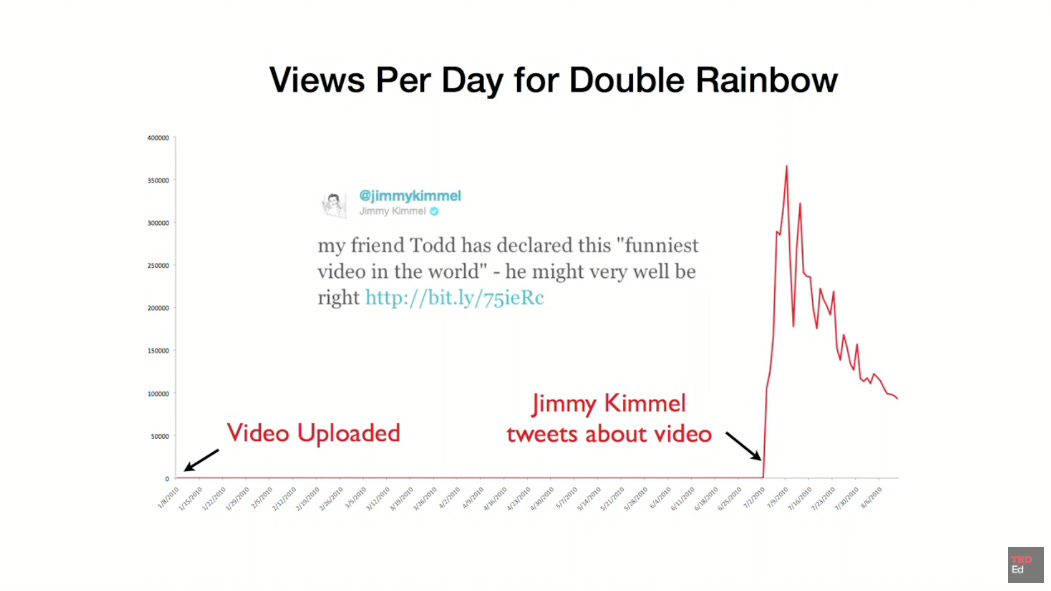
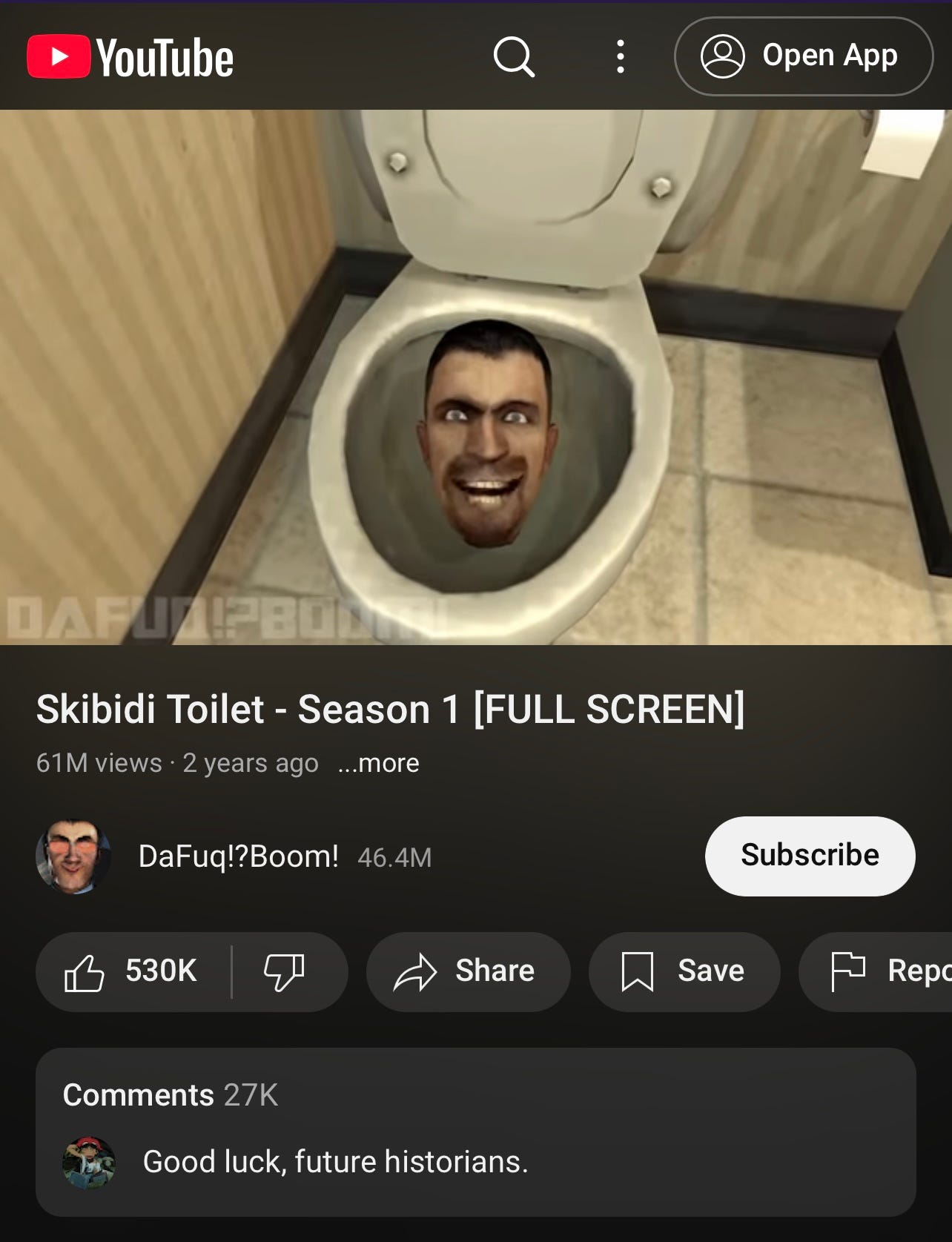
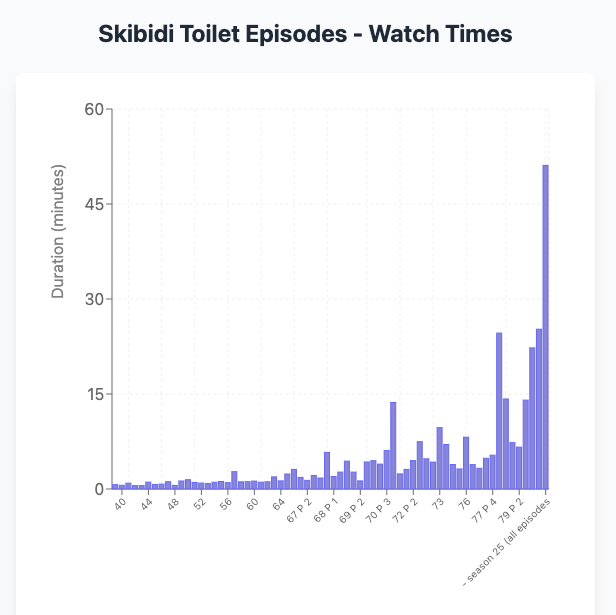
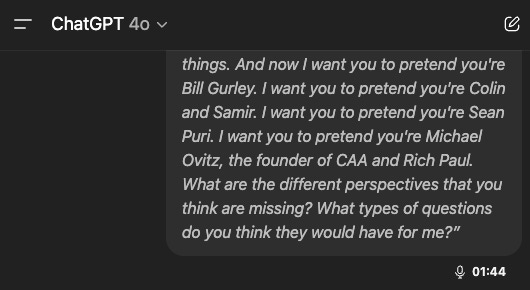
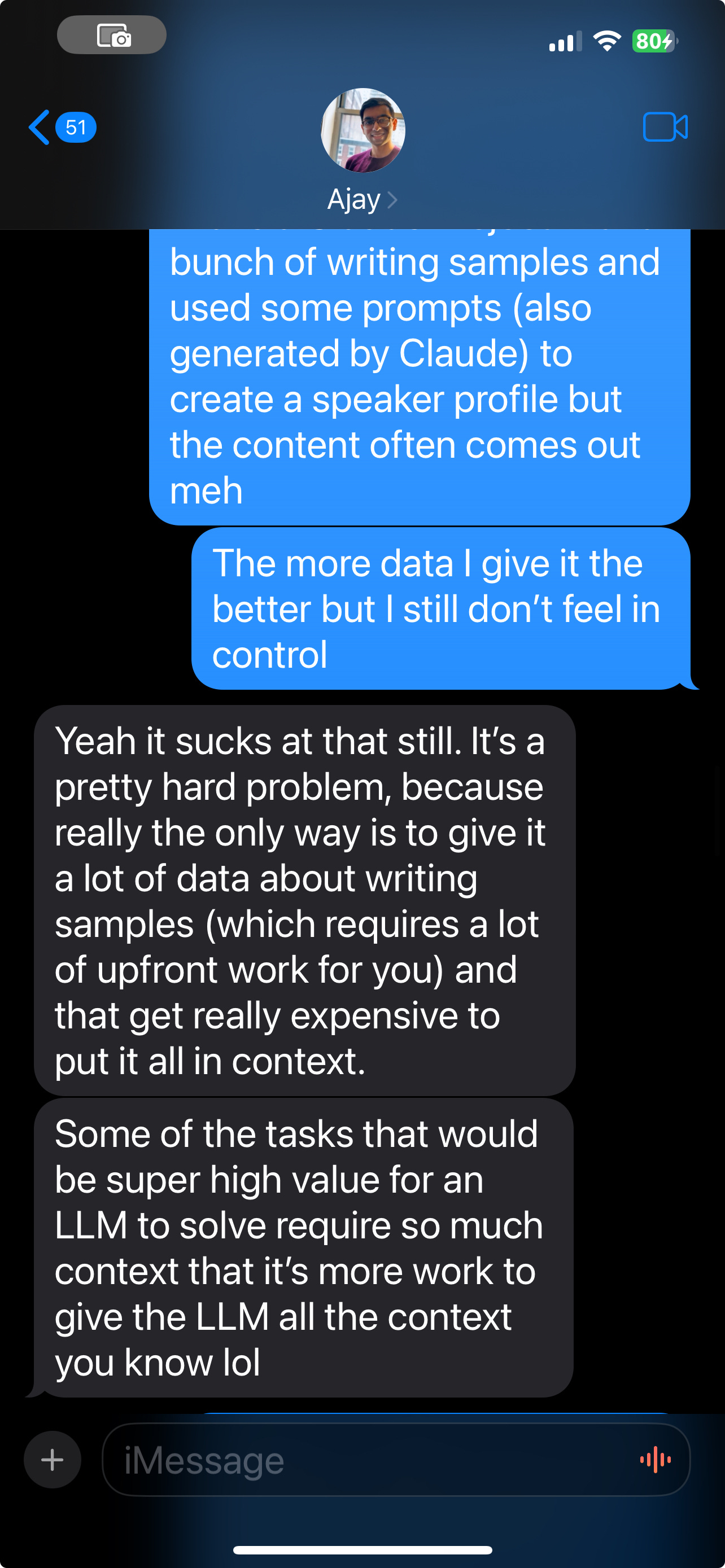
Loved your take, Ira.
Juicy take . I write about cultural signals and I’m really intrigued about this spotlight you’ve cast on the insatiable appetite for stories and narratives. Makes me think of when Netflix first released whole seasons of content and how mind blowing it was that you didn’t have to wait a week for the next episode.